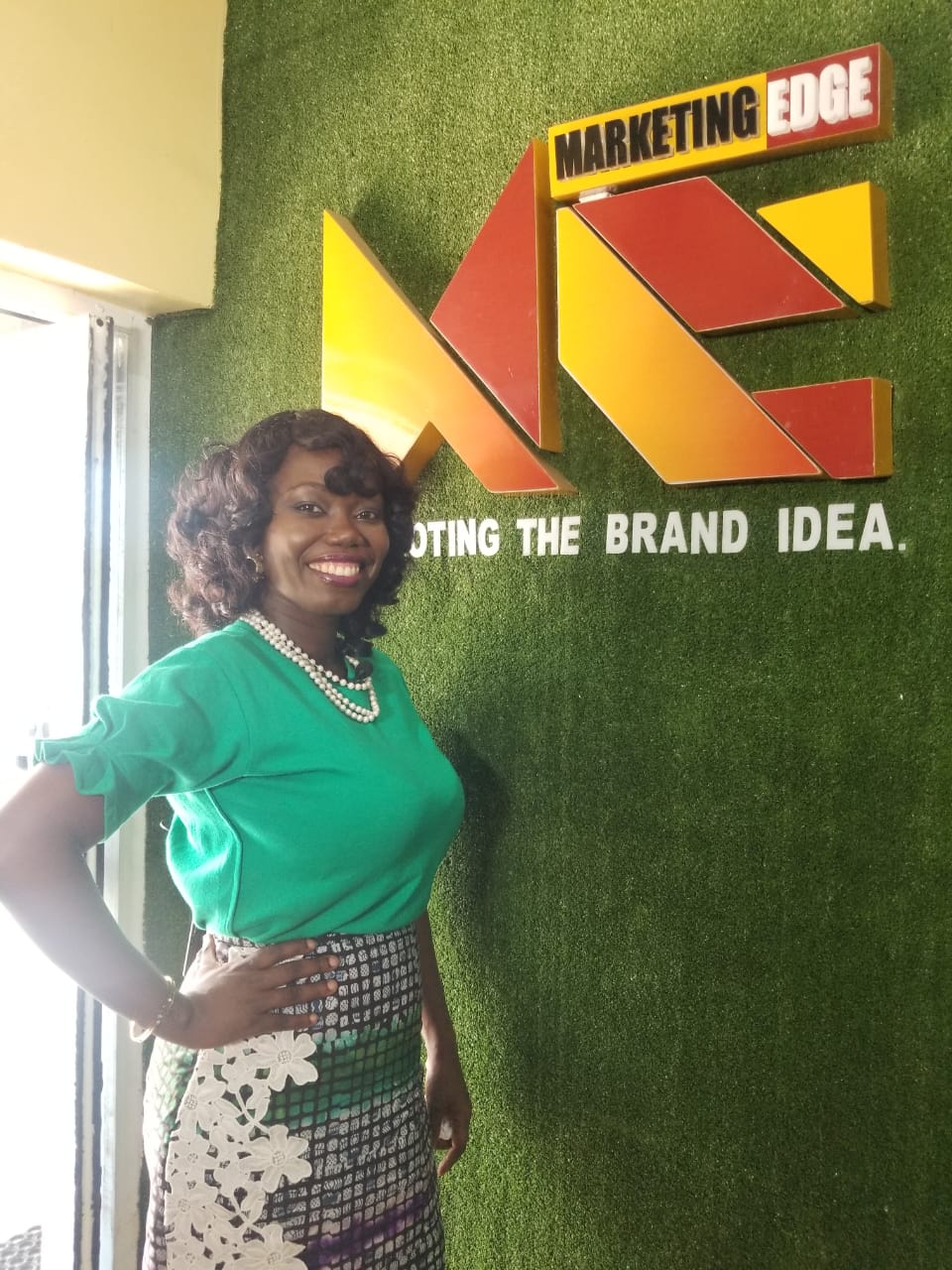In 1971 “Silent Messages” by Albert Mehrabian was published creating one of the world’s most dubious statistics – that 93% of communication is non-verbal. While it’s unlikely that a figure like this is accurate (or indeed even possible to calculate) it’s certainly true that body language has a huge effect on how people process the words that come out of someone’s mouth.
If you watched Donald Trump and Hillary Clinton debate in 2016 you’ll be aware of this. Although Clinton may have verbally “won” the arguments, Trump’s commanding pose and air of authority convinced many of the viewers that he was the better candidate.
Paul Ekman has argued that there are muscles in the face that are impossible to control consciously, creating famous effects like “smiling eyes” that give away whether a smile is genuine or faked. Unconscious body language like this is a powerful signal, then, because it’s reliable – if the speaker has no control over it, then it must be a true reflection of how they feel.
In the marketing world, advertising messages are our “verbal communication” – the things brands choose to say in order to produce the results they want in the minds of the consumer. But what’s the marketing equivalent of body language, the reliable signals that unconsciously send out to their audiences?
A consistent finding is that expensively produced advertising in offline media like TV and posters drives trust and stature for brands. Consumers correctly take out that only a successful and credible business can afford to do this kind of marketing so it’s a reliable signal that, if nothing else, a brand is for real and not a sham or a scam.
Similarly, being constantly on sale tends to erode a brand’s stature. It sends out a signal that it is failing to shift product and that others aren’t buying. Social proof being one of the most powerful signals, particularly in Asia, this tells people that a brand has lost its shine.
These are extreme cases. But perhaps there are more subtle signals that we could pay closer attention to, and indeed take advantage of. The brilliant Bob Hoffman wrote extremely perceptively about this back in 2011 when he speculated that after Jobs’ exit from Apple the company would start to run brand ads as it wouldn’t have strong product messages to push any longer.
If we think about body language, what kind of marketing do disruptive companies with a genuinely better product turn to?
The obvious answer is PR and reviews.
In general, it’s product demonstration. That might be in the Dyson sense of literally explaining the product features and engineering, or it might be in the Gucci sense of beautifully crafted product shots, but product sits at the heart regardless.
The other kind of marketing that’s a great signal of a fantastic product, or at least one that’s catching a wave, is design. Breakthrough brands of the last few years from Off-White to Hendricks often have incredibly strong aesthetics that come through in all the brand’s touchpoints in a well-thought out way that rarely emerges from the typical multinational decision-making process. McKinsey recently demonstrated that brands with great design outperform their industry benchmarks by a factor of 2.
And what kind of marketing do legacy businesses with money to burn, high margins and inferior products produce? In general, it’s brand advertising that aims to associate the brand with an attitude, an emotion or a higher order purpose. This is the tool of choice for shoring up equity and sales in lieu of improving product or cutting prices.
So it wouldn’t be terribly surprising if consumers were aware of this at some level. Perhaps like body language its subconscious and cannot be clearly explained, but it still impacts their response.
“But what about Binet and Field”, you cry! “Emotion drives advertising response! Your argument is invalid!”
There’s a logical flaw here, however. Communication can provoke an emotional response without being based on an emotional proposition. Softbank’s phenomenal Oto-san campaign is primarily about price messages but drove huge emotional responses and brand equity growth for over 8 years. Sony Balls was a product demo that ends with the line “color like no other”. Levi’s “Freedom to move” was for looser cut jeans and “Tide ad” ends with “Tide users experience ten times more cleaning power. America’s number one detergent.”
None of these campaigns use the kind of bland exhortations to “dream more”, “be extraordinary” or “share the passion” that are characteristic of brand ads with nothing concrete to say.
We all love to make brand campaigns. They come with big budgets, big ambitions and ask us to appeal to people’s higher emotions. But perhaps we need to rethink the kind of brand campaigns that really drive equity.
Source: The Drum







Comment
No comments found.